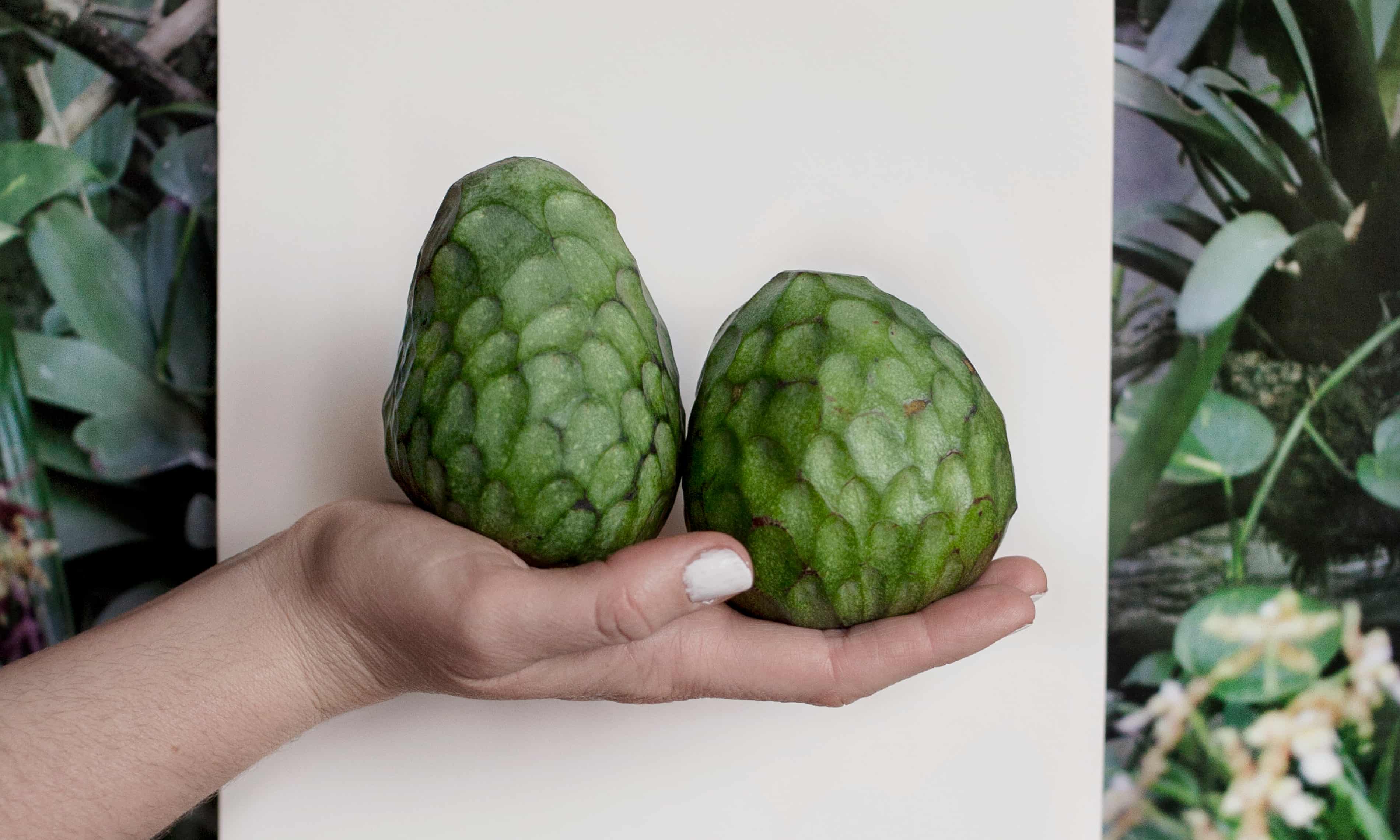
Forbidden fruits: the festival images you (almost) didn't see – in pictures
Photo Basel was cancelled in June due to the pandemic – but here’s a fresh chance to see arresting shots of sweaty kisses and socialist villages which will be showing in Berlin instead
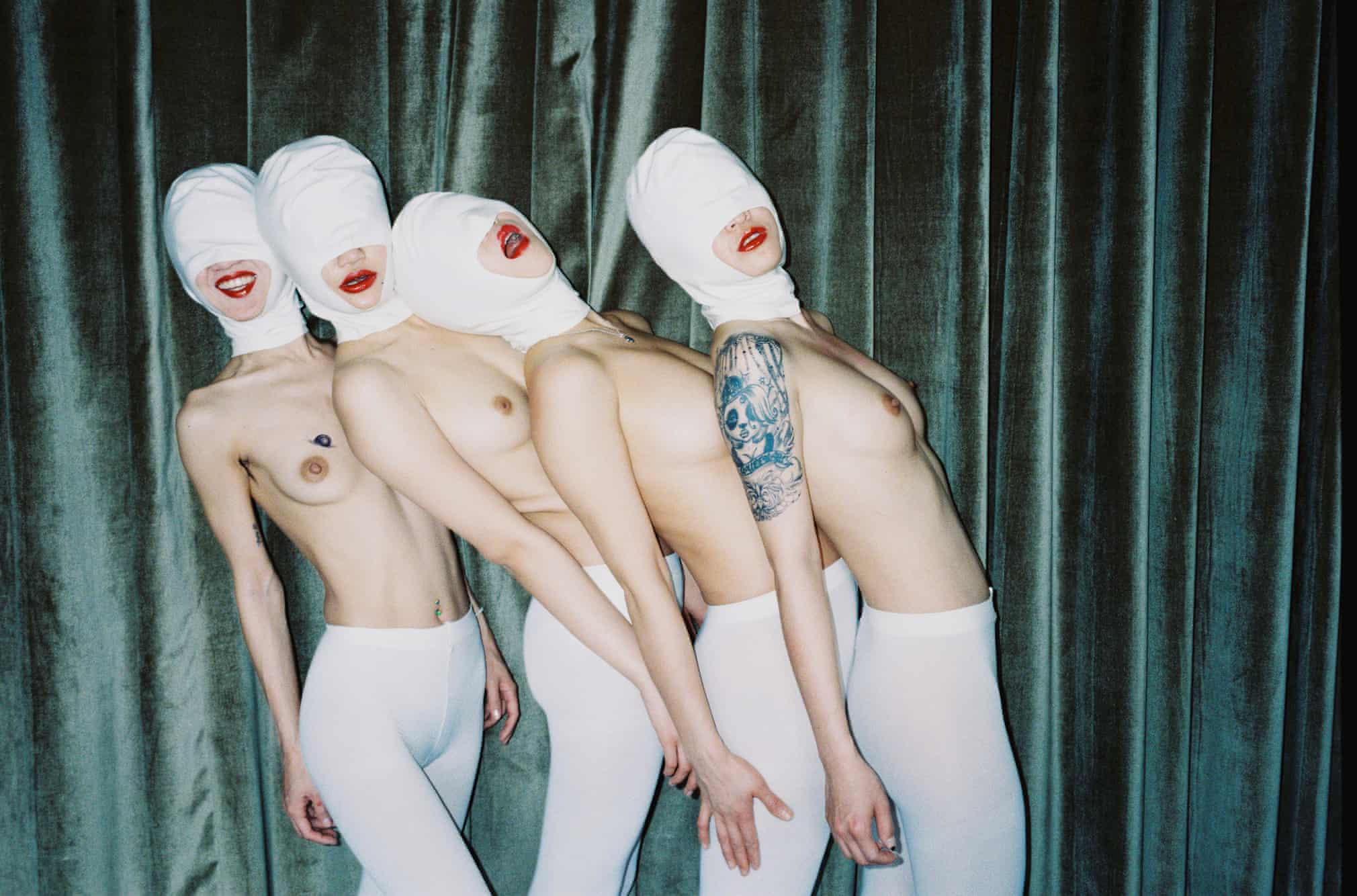
Lin Zhipeng : Ballet Girls, 2013
Lin’s work reflects the post-1980s and 90s generation of non-mainstream Chinese youth, who test the limits of China’s conservative and traditional society. Photo Basel joins POSITIONS Berlin art fair from 10-13 September
Photograph: courtesy of Migrant Bird Space
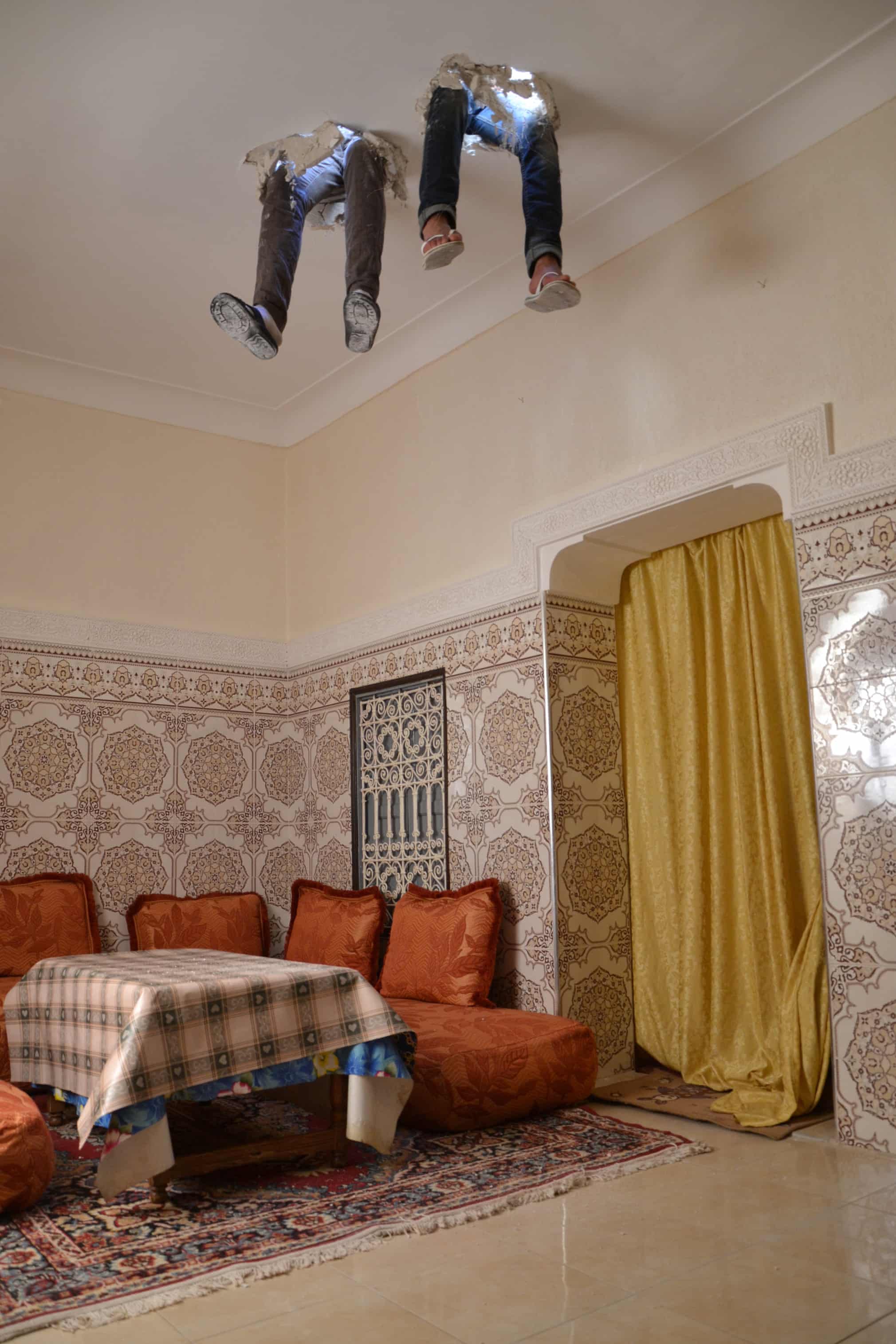
Hicham Benohoud: The Hole, 2014
Moroccan photographer Benohoud plays with offbeat ideas, but eschews digital effects in favour of staged reality. He persuaded the inhabitants of this Marrakech home to allow him to knock holes in the ceiling ... and repaired the damage when he had the picture he wanted
Photograph: courtesy of Galerie Katharina Maria Raab
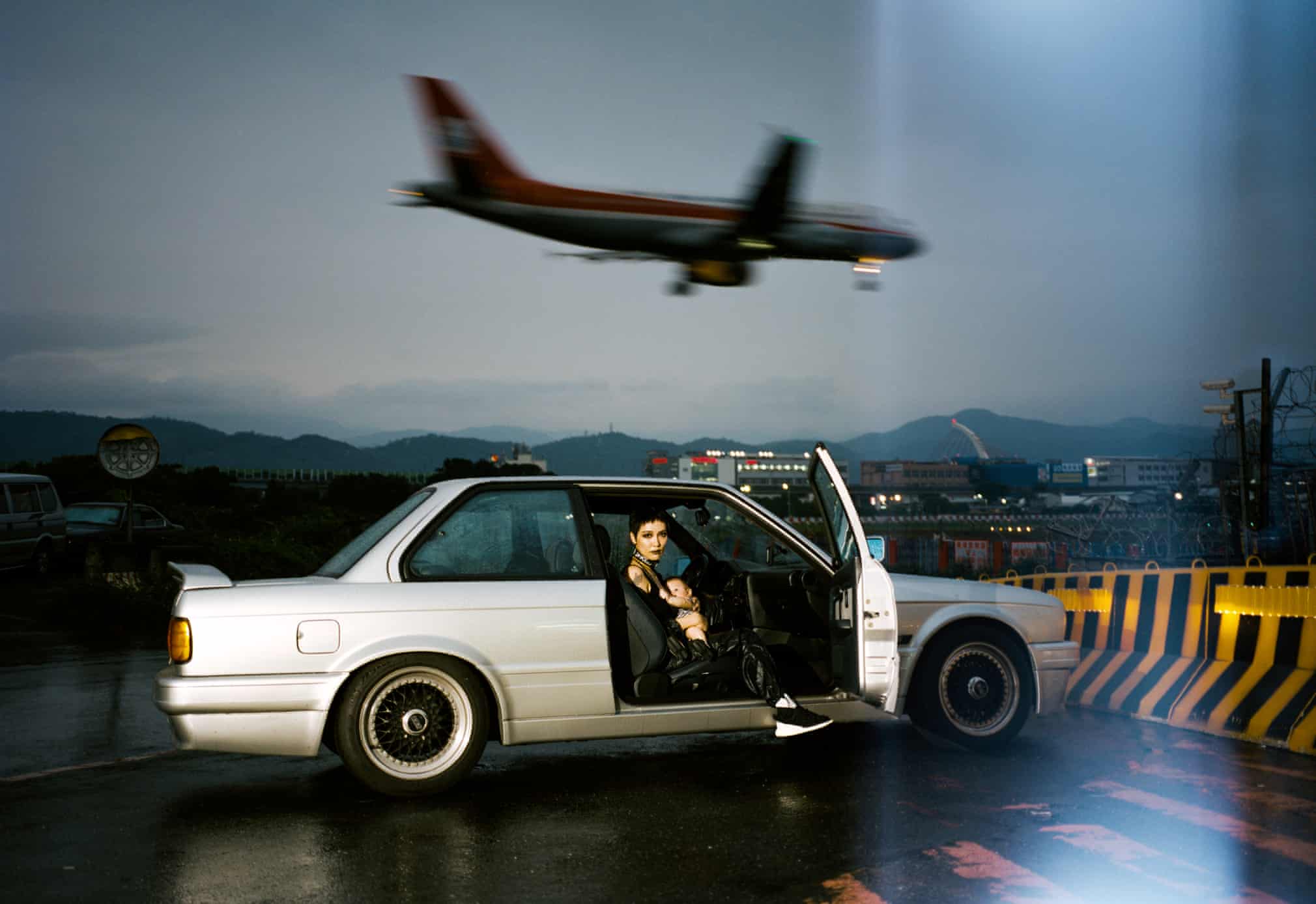
Léo Berne: Untitled, 2016
Leo shoots with analogue techniques as if he were sending a postcard to his future self, or making a time capsule. ‘I take pictures like a tourist,’ he says
Photograph: courtesy of Galerie &co119
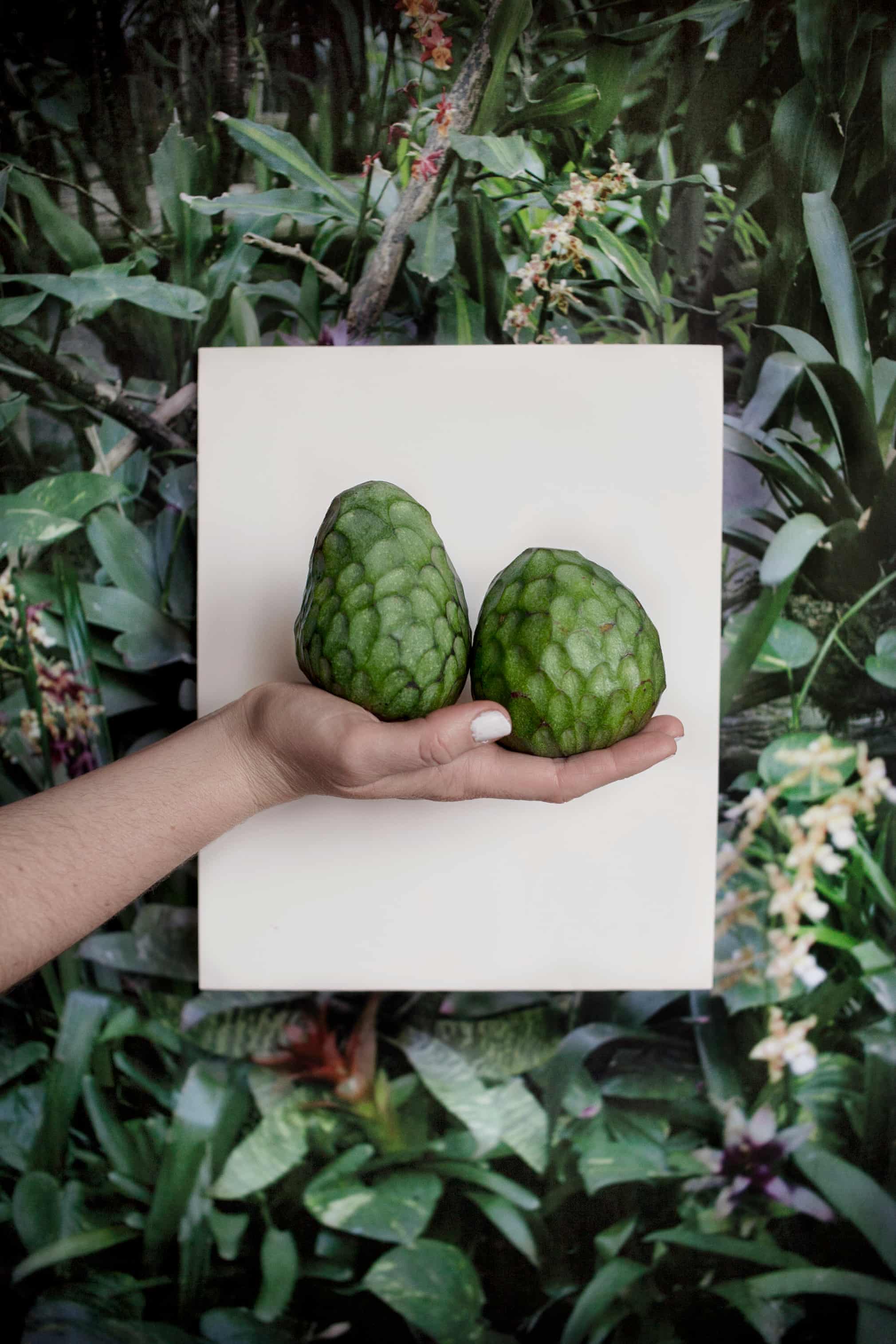
Vanja Bučan: Sequences of Truth and Deception, 2015-19
Before becoming a professional photographer, Bučan studied sociology in Ljubljana, and actively took part in environmental activism
Photograph: courtesy of Photon
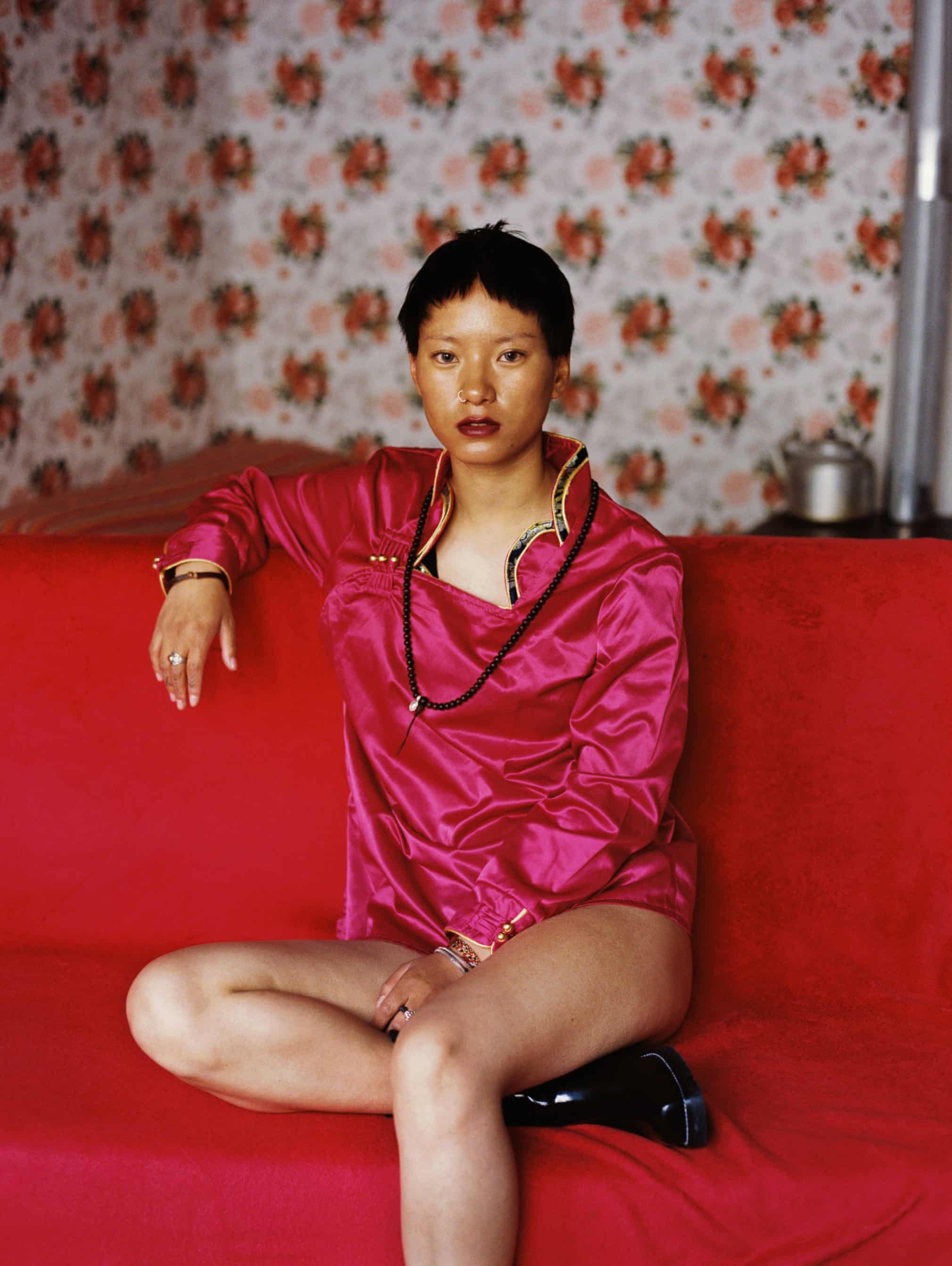
Luo Yang: Ge Lai Chuo Mao 2017
Luo Yang’s series GIRLS depicts an emerging Chinese subculture that defies imposed expectations and stereotypes. These young women are cool and self-aware, yet also vulnerable and torn. Luo contrasts youth and femininity with traditional beliefs about women in China
Photograph: courtesy of Migrant Bird Space
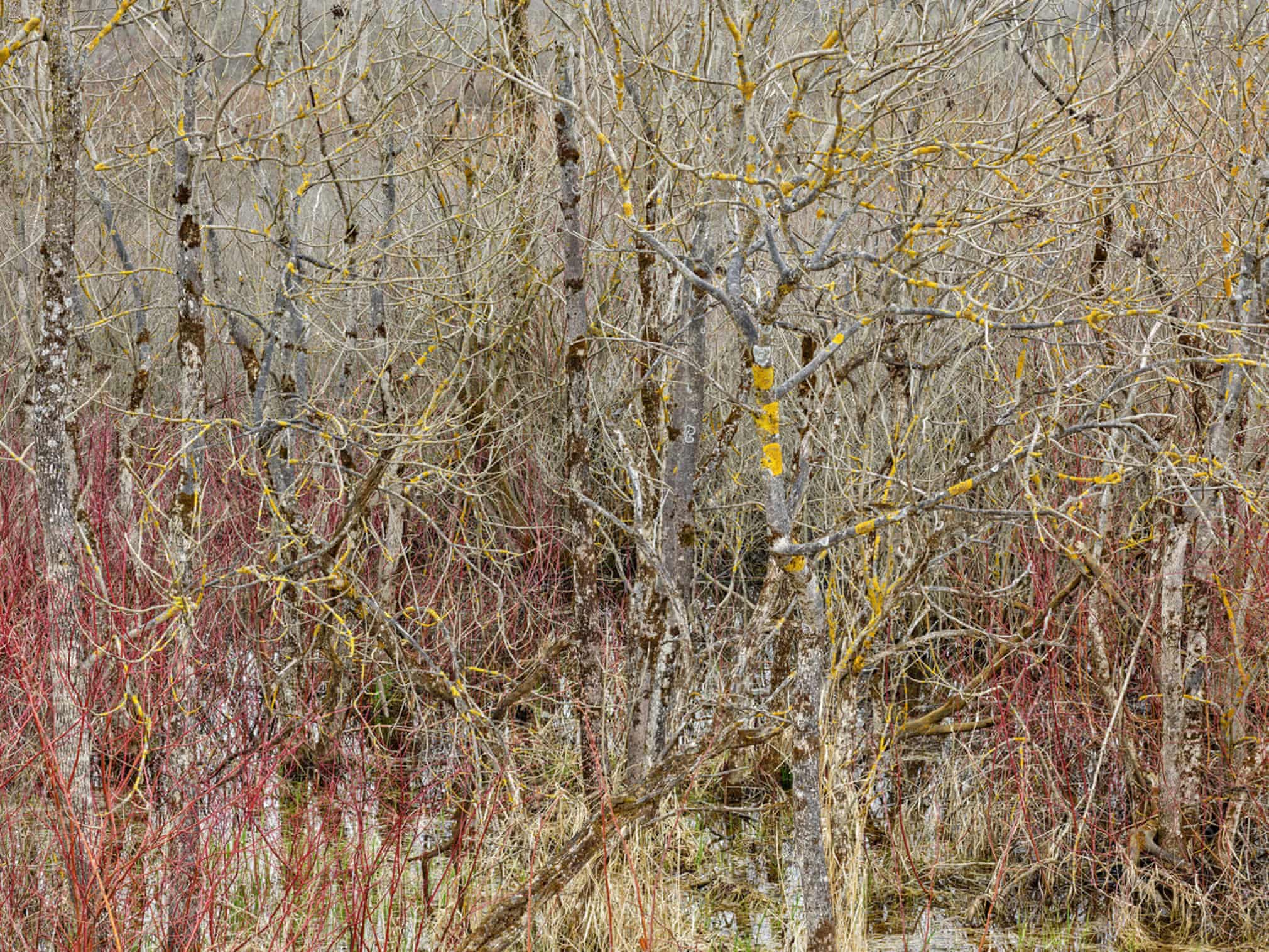
Edward Burtynsky: Natural Order #13, 2020
Burtynsky’s latest work was shot during Canada’s nationwide isolation from the Covid pandemic, in Grey County, Ontario. He took the opportunity to look closer at the natural landscape. He says: ‘From the frigid sleep of winter to the fecund urgency of spring, these images are an affirmation of the complexity, wonder and resilience of the natural order in all things’
Photograph: courtesy of Springer Galerie Berlin
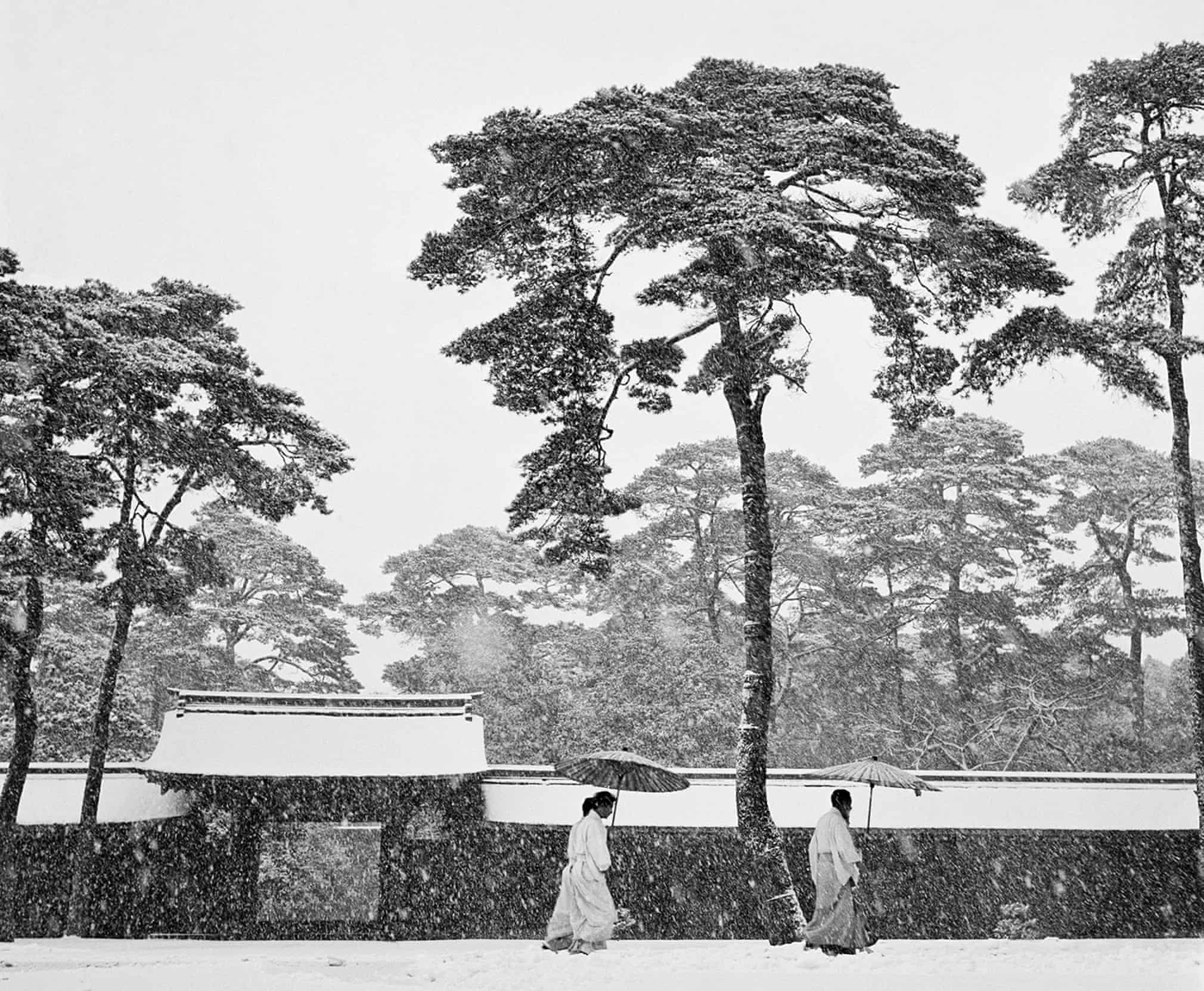
Werner Bischof: Courtyard of the Meiji shrine, Tokyo, 1951.
Rosellina, Werner Bischof’s wife, wrote in her diary: ‘It is snowing today - Tokyo is enchanted – Werner and I visited the Meiji shrine in Tokyo. The mood is magical, the snowfall swallows the noise of the city. Everything appears just in black and white. Suddenly Werner runs away with his camera. I stop, terrified. What happened? He comes back after a little bit. Still out of breath but overjoyed he admits: I just took THE picture of Japan!’ See more here
Photograph: courtesy of Bildhalle

Hicham Benohoud: untitled from the series La Salle De Classe, 1994-2000
While working as an art teacher in Marrakech, Morocco, Benohoud involved his students in making a series of out-of-kilter portraits, using found objects and art materials to add surreal touchesSee more from the series here
Photograph: courtesy of Galerie Katharina Maria Raab
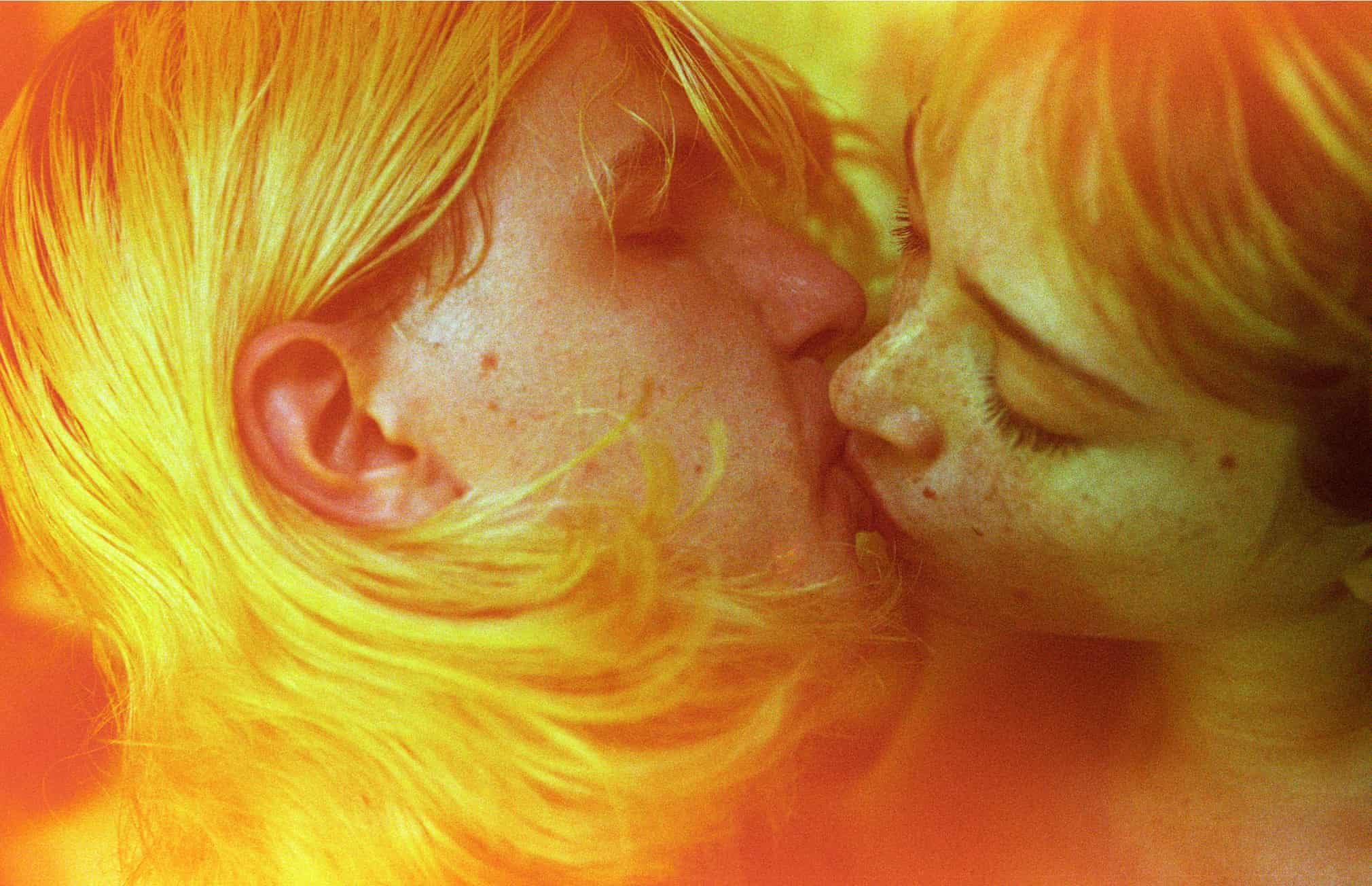
Chad Moore: Niki and Gordon, 2015
Chad Moore finds unforgettable moments in the most simple things: the morning after a good night’s sleep, neon interiors of a nightclub, a sweaty kiss on the lips. Blurring the line of what is a candid moment and what is a staged portrait, the idea is to see something of yourself within the images
Photograph: courtesy of Galerie &co119
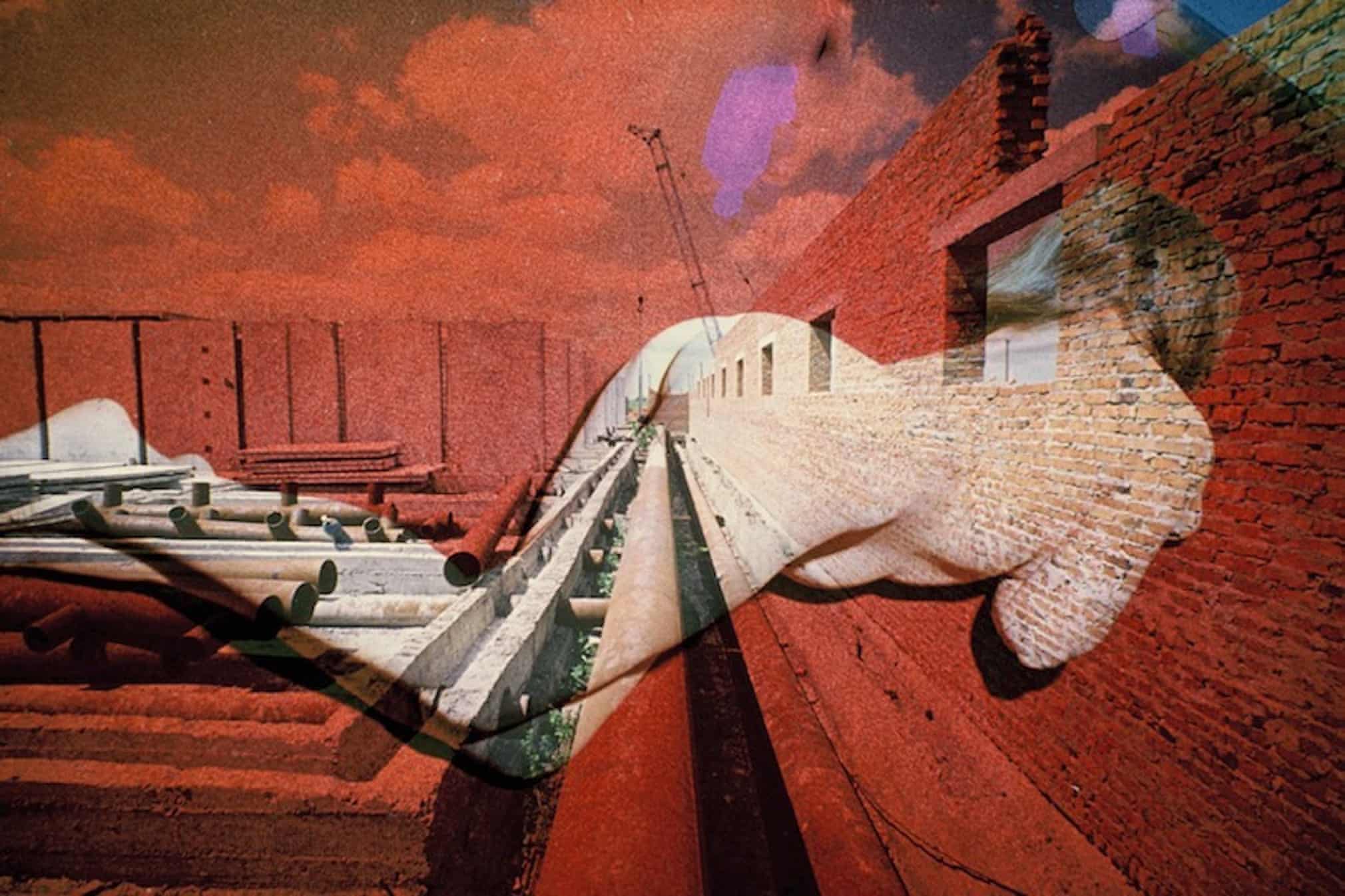
Boris Mikhailov: Yesterday’s Sandwich 1966
One of the leading photographers from the former Soviet Union, Boris Mikhailov is best known for his photographic narratives of angst and listlessness, urban ruin and mental illness
Photograph: courtesy of Mironova gallery
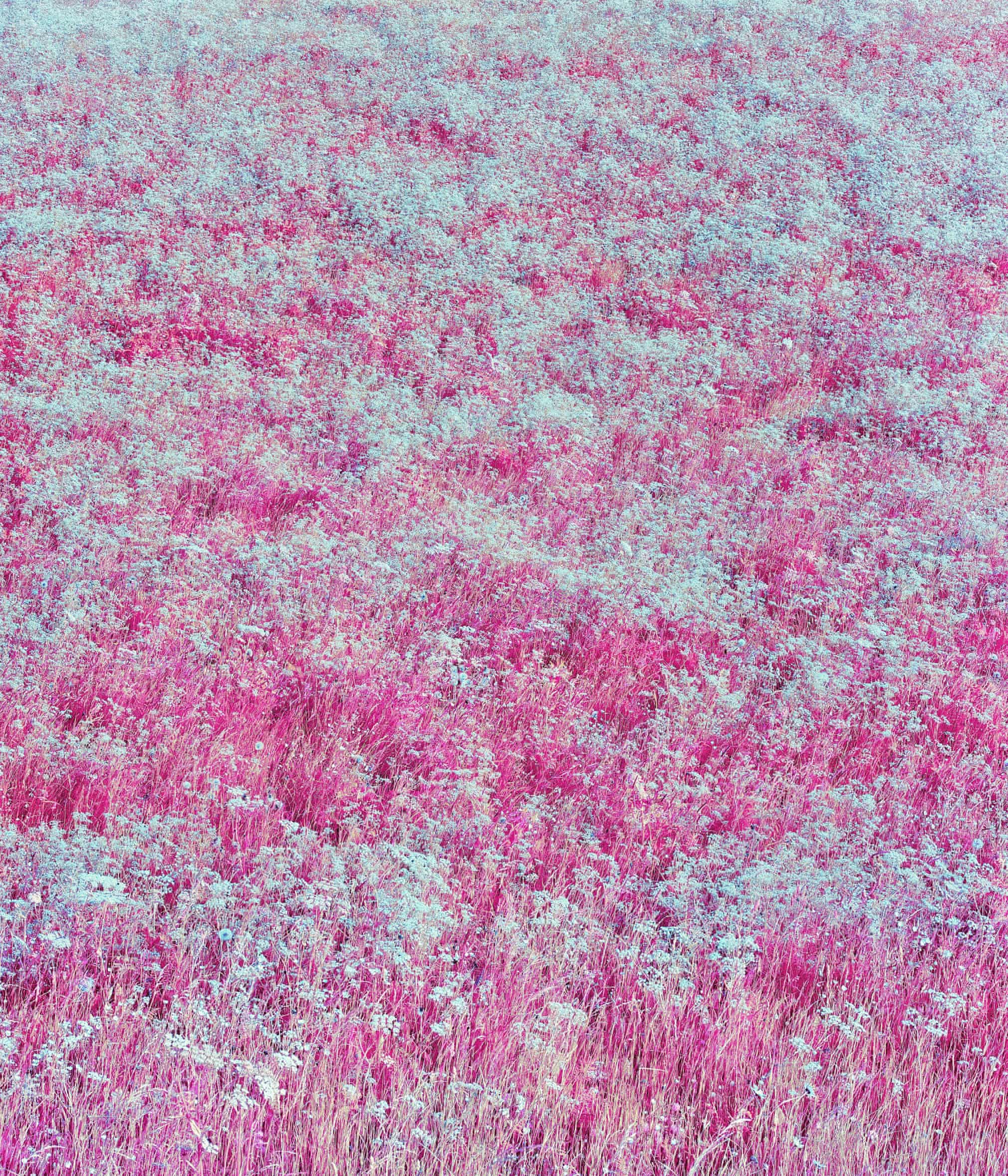
Zak van Biljon: Flowerfield, 2019
To get a fresh look at nature’s beauty in a modern era, Van Biljon went beyond the visible spectrum to capture these vivid images. The technique, developed for military surveillance and crop surveys, captures near-infrared light: wavelengths of electromagnetic radiation that fall between what we see as red and the longer wavelengths used for thermal imaging
Photograph: courtesy of Galerie 94
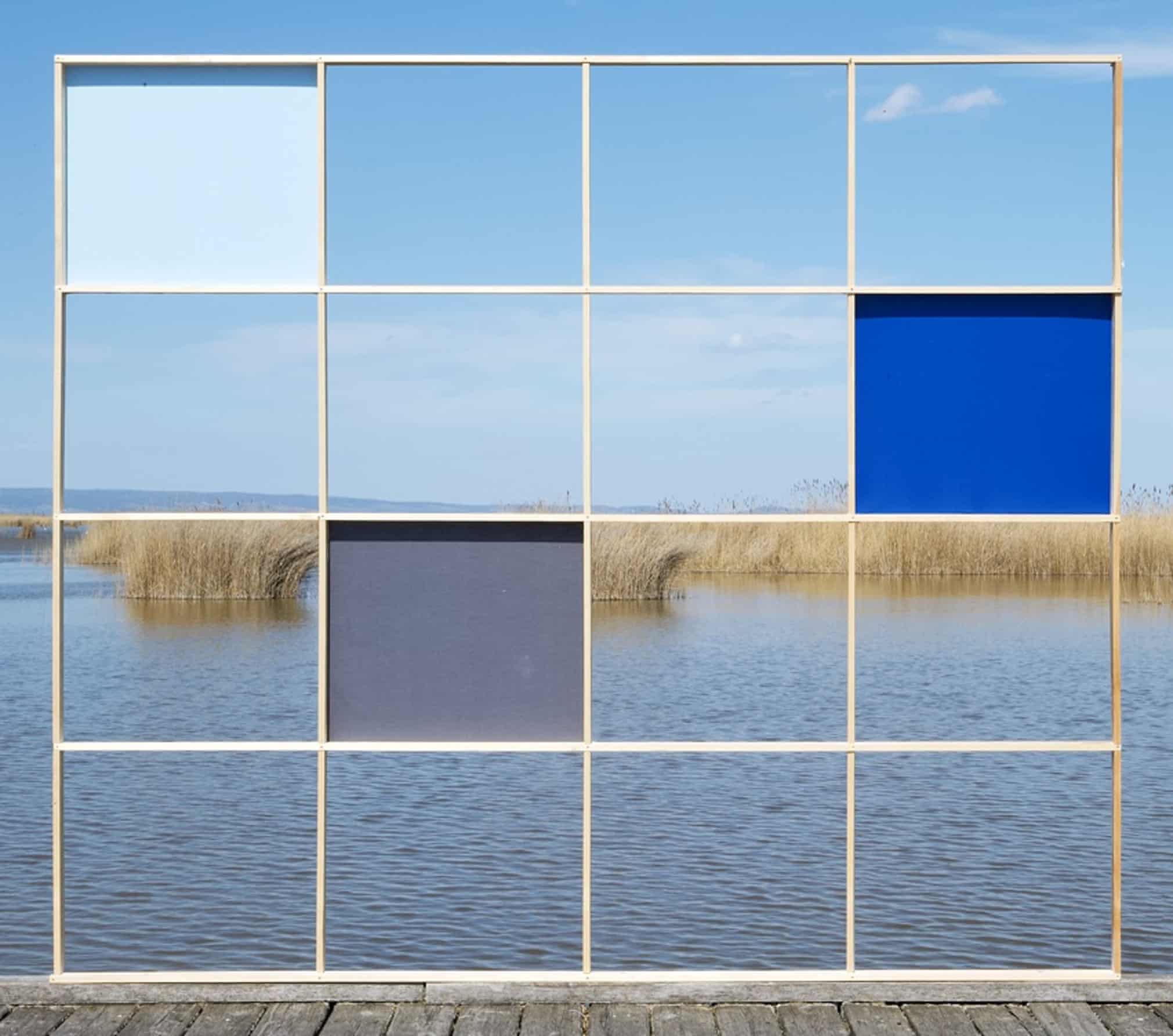
Markus Guschelbauer: Seeblick, 2019
The landscape as an archaic theme is the focal point of Guschelbauer, who grew up on a farm in Carinthia, Austria. His frames cover, alienate and rebuild the landcape of forest, water, stones, and grass
Photograph: courtesy of Photon
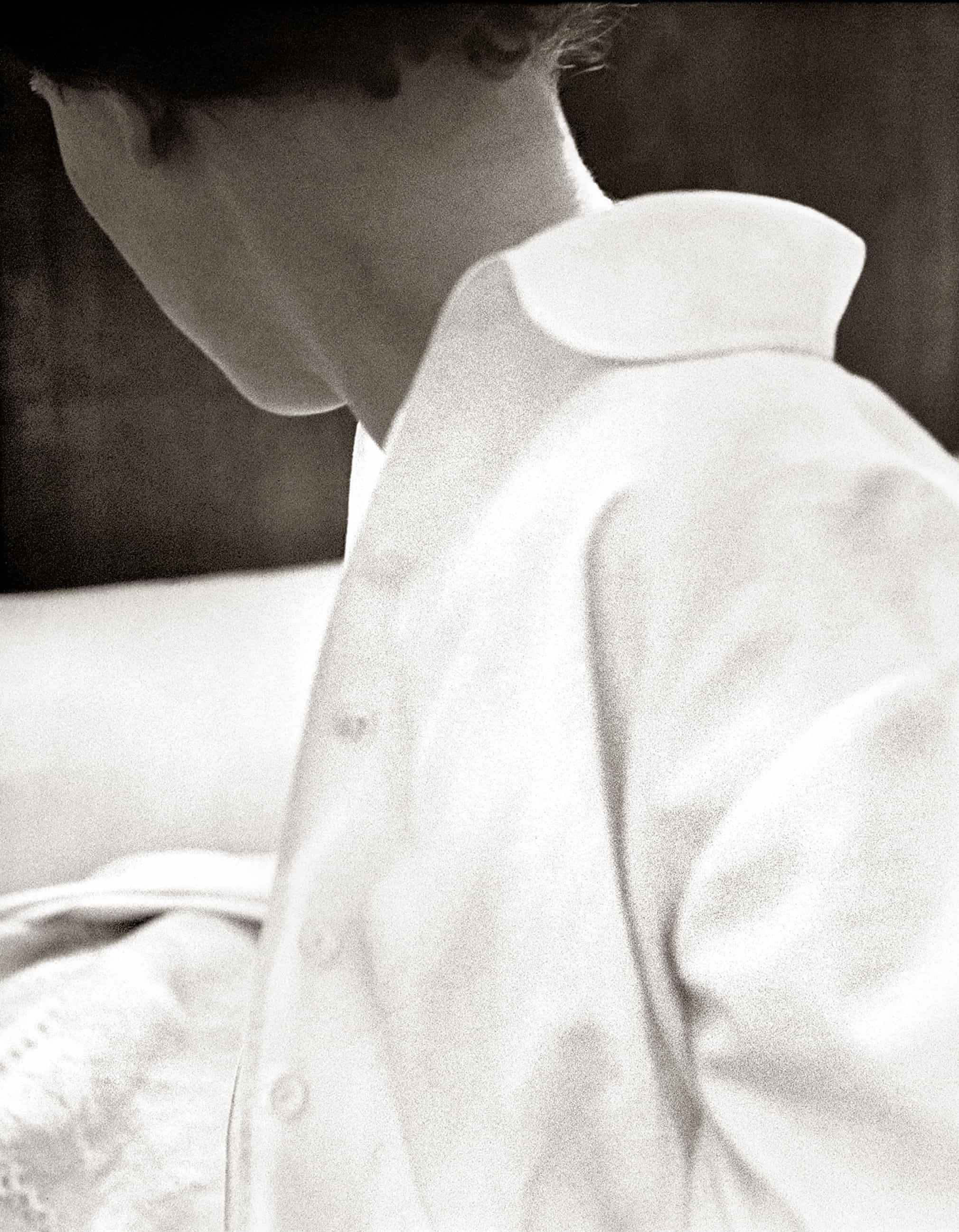
René Groebli: The Eye of Love no. 510 Paris, 1952
Groebli trained as a cinematographer in Switzerland before becoming a photojournalist in 1949. His images captured the changing tides of society across Europe as it emerged from the second world war. He was also acclaimed for this series of intimate portraits of his wife, Rita.See more of his work in our gallery
Photograph: courtesy of Bildhalle
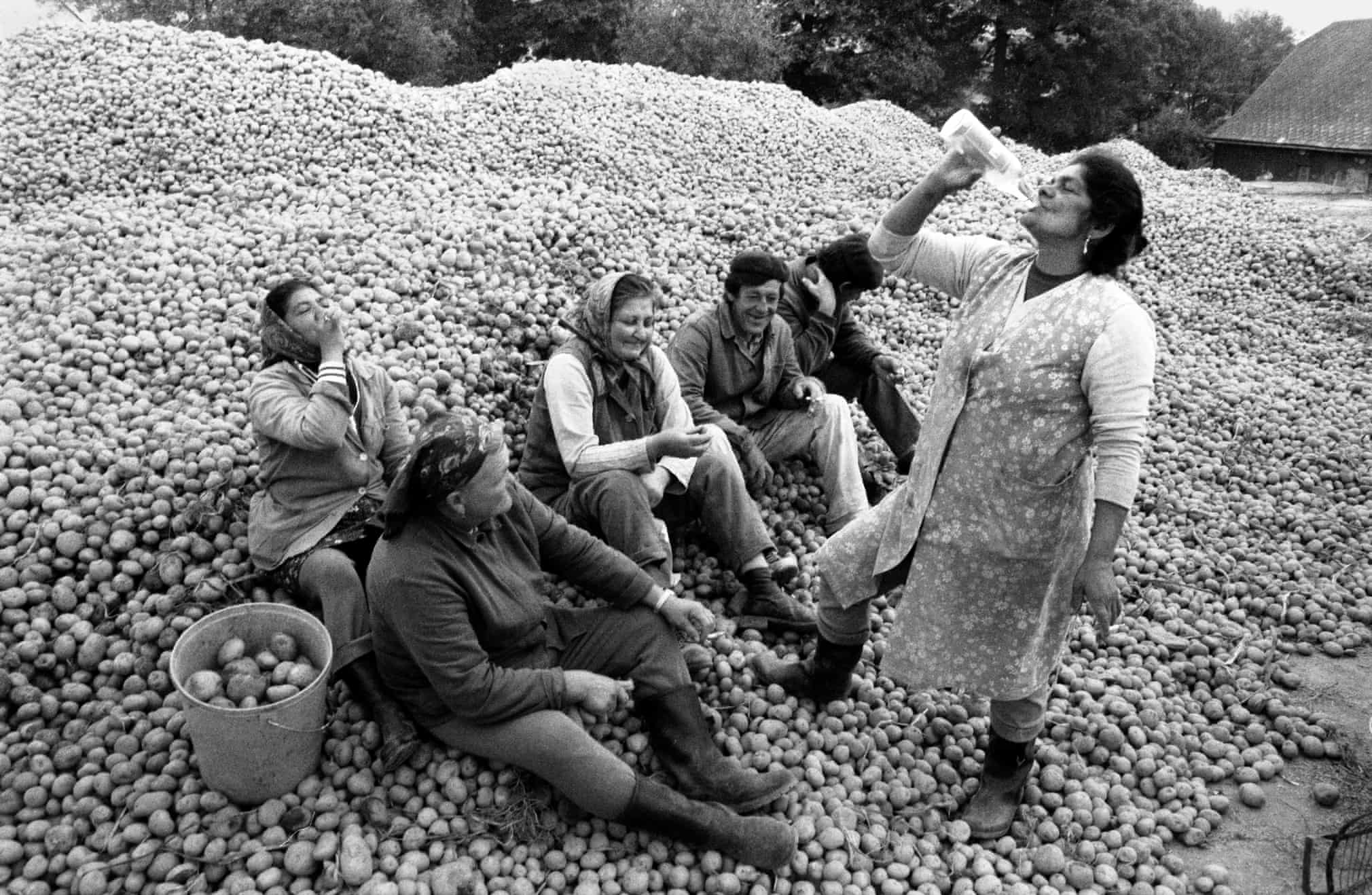
Jindrich Streit: Potato Harvesters, 1985
In the 1980s, Streit chronicled villages in the Bruntál region of what was Czechoslovakia. He was imprisoned for his work, which captured the reality of the socialist era in contrast to official, idyllic pictures of the countryside
Photograph: courtesy of Galerie Koschmieder
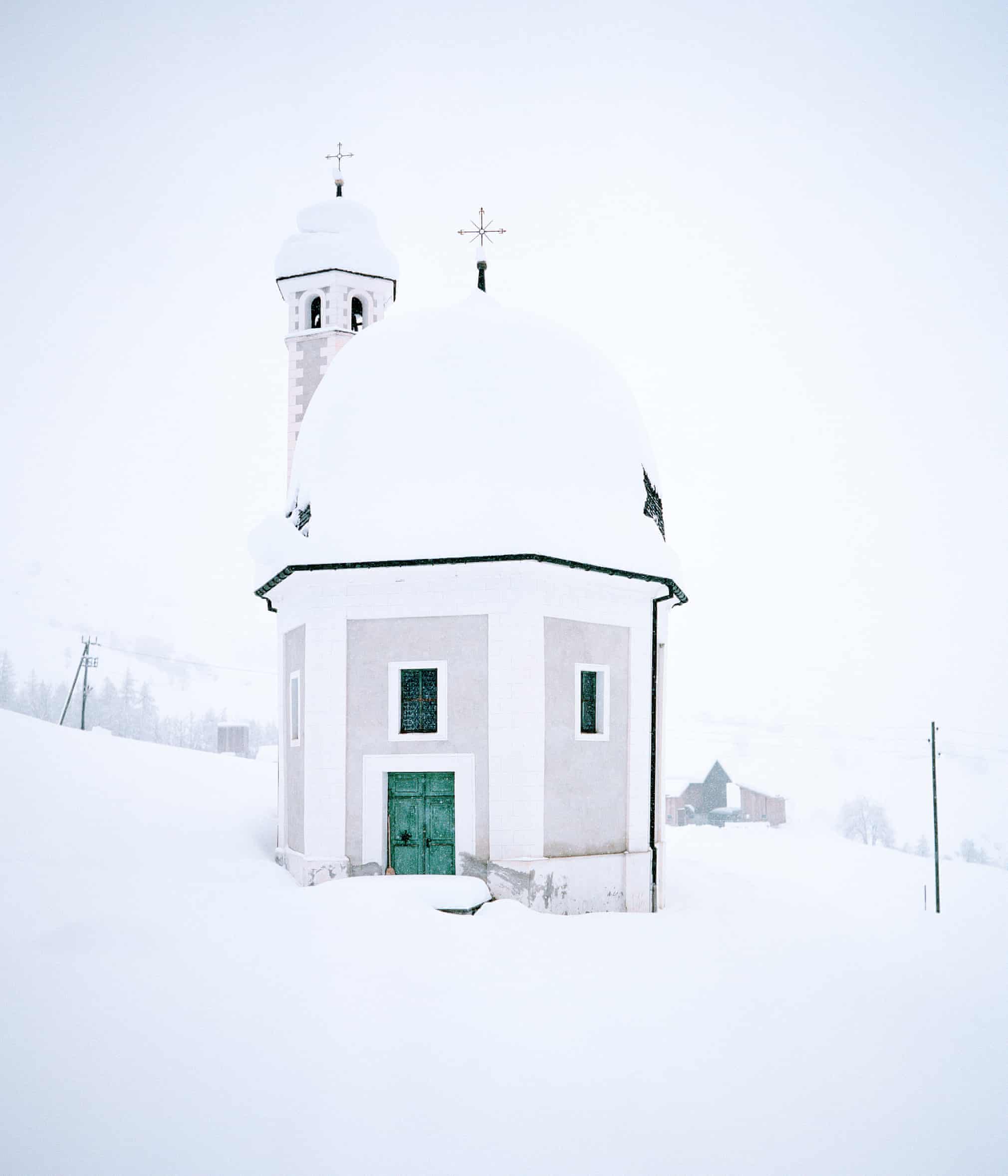
Sandro Livio Straube: Schneekirche, 2019
Straube says: ‘A certain valley in Graubünden [Switzerland] is marked by pale light. With an entrance and no exit, a road and no tunnel to the next area ... that creates a calm pale island. Things are left standing, time is allowed to work, clocks keep running’
Photograph: Sandro Livio Straube/courtesy of Galerie 94
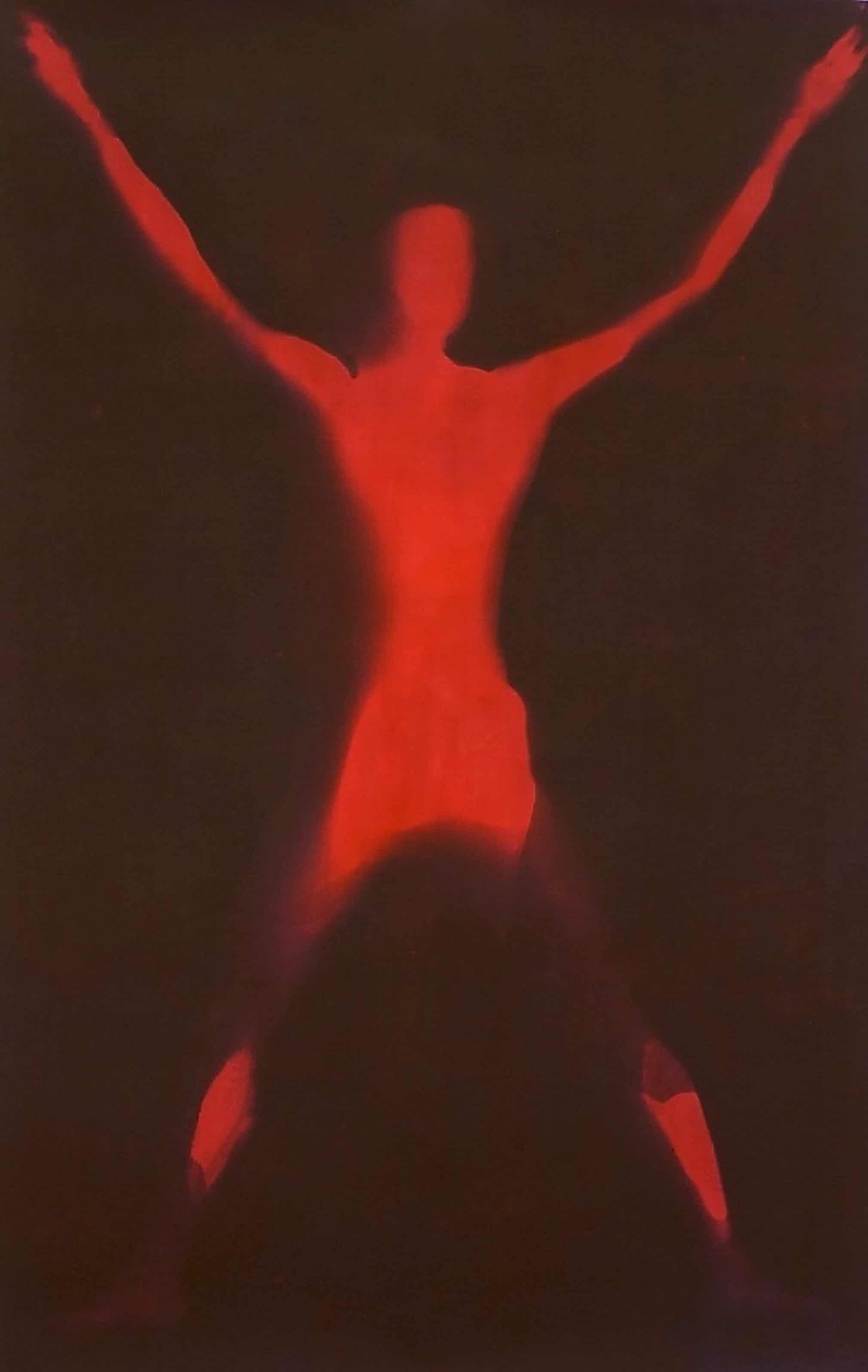
Rabin Huissen: Rebel Art Space, Phra Khanong, Bangkok, Thailand, 2018
Huissen has come up with his own method of creating a photosensitive coat on top of coloured paper that allows him to create unique prints. His theme is scrutinising the physicality of the body
Photograph: courtesy of Chrysalid Gallery
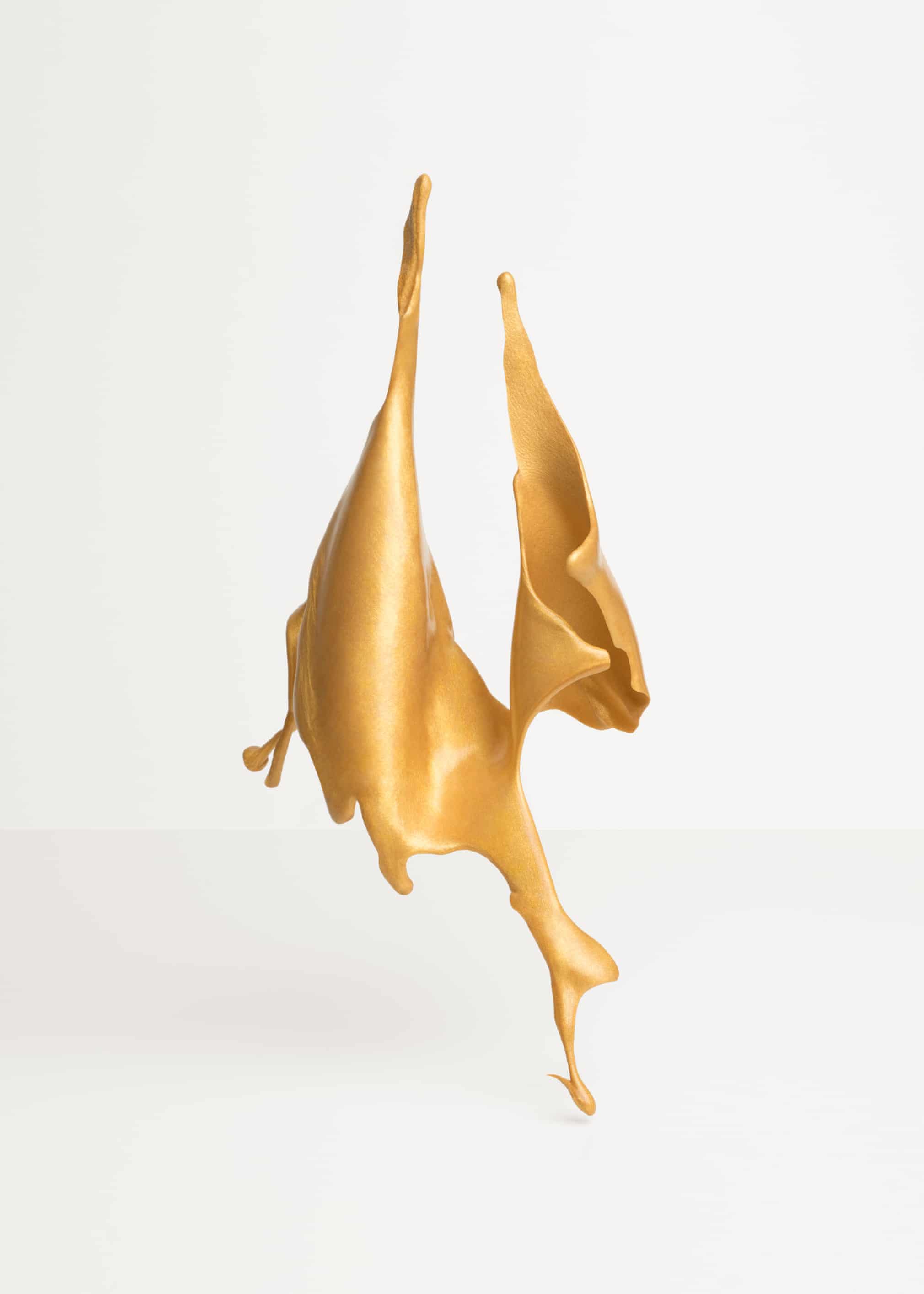
Marta Zgierska: Afterbeauty VII, 2018
These spatial forms are constructed with used facial masks left after beauty treatments she performs repeatedly on herself. She says: ‘The material used is visually separated from its primary context – the female face – and yet it remains a kind of self-portrait’
Photograph: courtesy of Gowen Contemporary
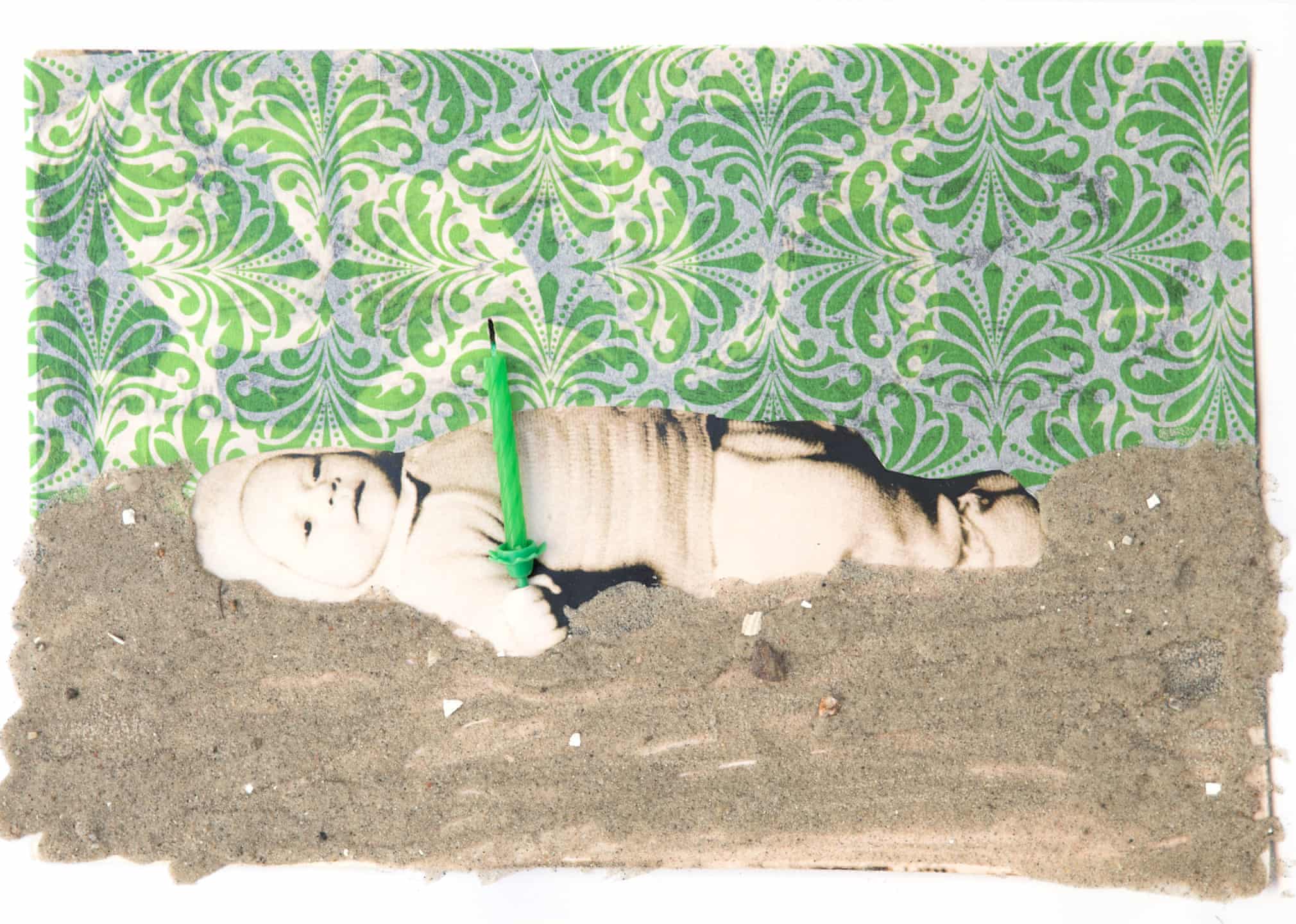
Zuzana Pustaiová: Family Album, 2019
Pustaiová examines role play in contemporary society as a key element in relationships between family, friends or diverse social groups. She exposes cultural stereotypes related to gender, age and social integration with humour and irony
Photograph: courtesy of Galerie STP